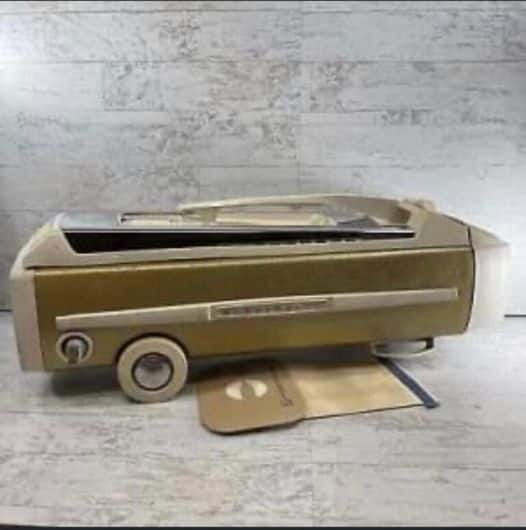The humble broom wasn’t even perfected until 1797 when a farmer from Massachusetts created one that worked properly after watching his wife struggle to sweep. Soon, his broom, known as broomcorn, became a household name. As time went by, people sought easier ways to clean. In the 1860s, Daniel Hess created the first real vacuum cleaner. According to his patent, “The nature of my invention consists in drawing fine dust and dirt through the machine by means of a draft of air.”
In 1869, Ives McGaffey of Chicago took it a step further, although his design was harder to use than a regular broom. His patent reads, “The accumulation of dust and dirt in dwelling-houses is a source of great annoyance to all good housekeepers… to obviate these difficulties is the object of my invention.” Unfortunately, his invention did not take off.
Many designs came and went, but it was James Murray Spangler who revolutionized the vacuum cleaner. A humble janitor aged 60, living in Canton, Ohio, James toiled to perfect his design, which even took a toll on his health.
His machine was superior because it was upright and portable. The crude machine worked well, sucking dirt and blowing it out the back into the attached pillowcase. Spangler patented it in 1907 and quit his job, opening the Electric Suction Sweeper Company.
“It used a ceiling fan motor and paddle blades to create the airflow… he used a leather belt and journaled it to a rotating brush that he had gotten out of a carpet sweeper… No one was able to get the carpet that clean because they didn’t have a motor-driven brush.”

